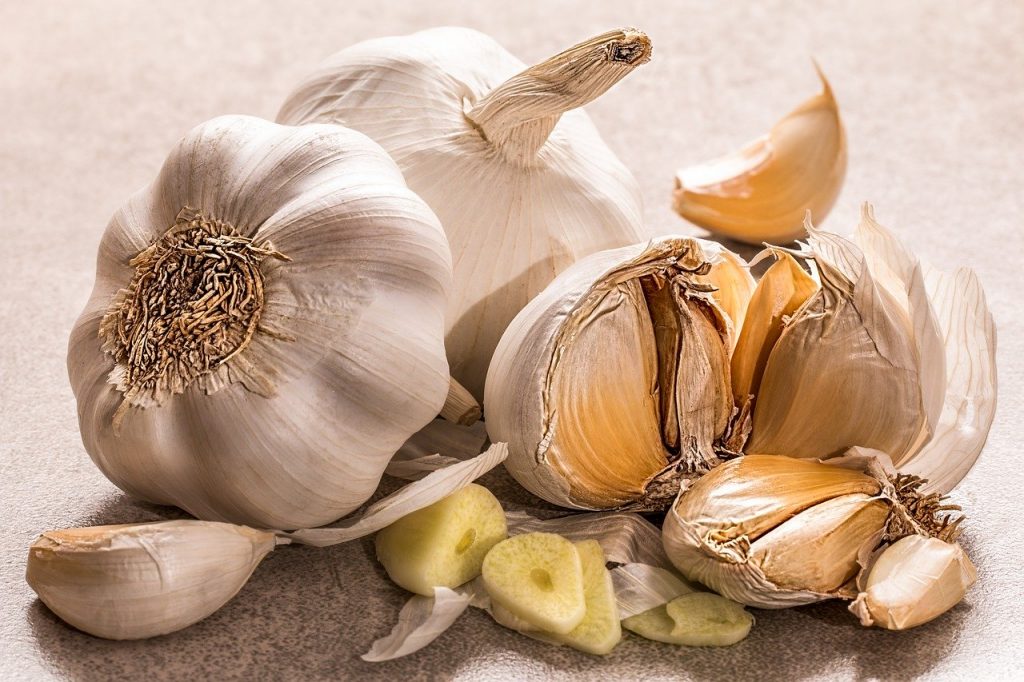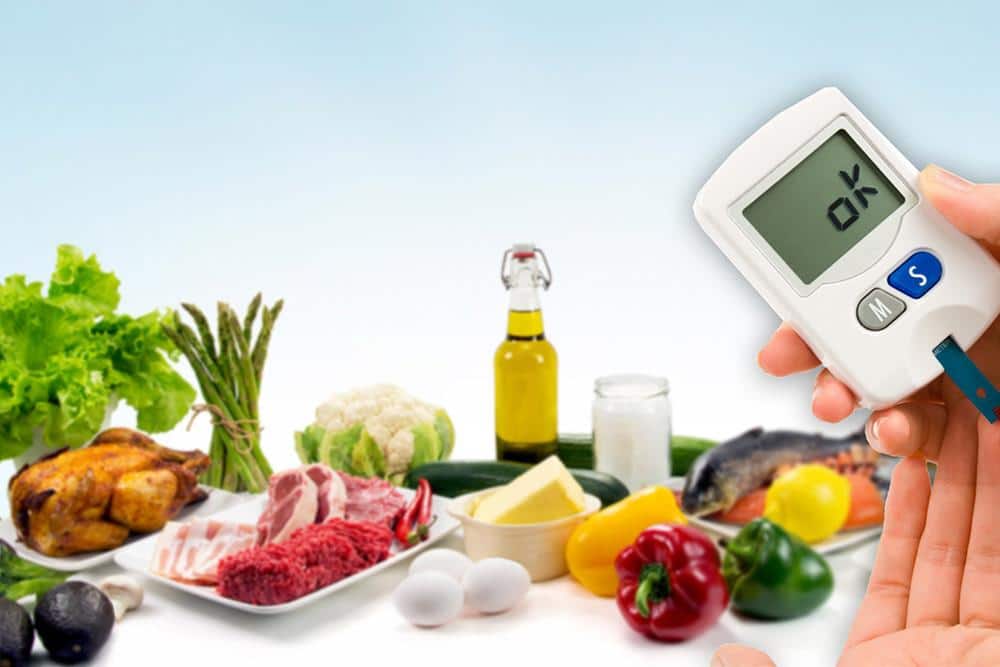If diabetes seems like it’s everywhere, readers, that’s because it is. Chances are you know at least one person, if not more, living with this condition, or you may even have it yourself.
The Centers for Disease Control and Prevention says over 30 million people in the US have diabetes, and another 88 million are pre-diabetic (https://www.cdc.gov/diabetes/data/statistics/statistics-report.html). Those are some sobering figures, friends, because they represent a pretty significant percentage of the population.
When you have diabetes, your body either doesn’t make or can’t use insulin correctly, which leaves too much blood sugar in your bloodstream. One way of controlling blood sugar is to keep more insulin in your bloodstream, but half of it is removed the first time blood circulates through your liver, reducing the available amount of insulin your body has to use. However, some research has indicated that compounds in garlic may prevent the metabolism of insulin, leaving more free for your body.
As reported by Diabetes.co.uk, some of the compounds in garlic–such as allicin–appear to have a positive impact on blood sugar levels (https://www.diabetes.co.uk/news/2011/oct/garlic-could-benefit-diabetes-management,-according-to-study-94312684.html). In an animal study, mice received drinking water with allicin and without it over a period of eight weeks. While none of the mice had a change in energy levels, fat deposits or body weight, the ones that had water with allicin showed more insulin sensitivity and an improved lipid profile.
Raw is the winner here
The effects of garlic on blood glucose levels are more significant when the garlic is raw instead of cooked. Raw garlic, in various animal studies, has demonstrated a greater ability to lower lipid and glucose levels than boiled garlic. Of course, raw garlic isn’t very appealing to many people, so you may need to get creative. Garlic supplements appear to do a better job than cooked garlic but still are not as effective as raw garlic.
By boosting the amount of available insulin in your body, you can help protect yourself from diabetes. Try adding raw garlic in some form to your body, preferably from the real food rather than supplements. Allicin does not form until the garlic is diced or crushed, so make sure it is prepared properly. You can add bits of diced garlic to your salad dressing or put cloves directly on your meat before cooking. Whatever you do, make sure it’s tasty and something you can maintain!




